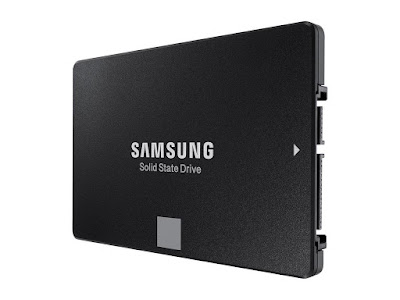The biggest upgrade you can make to your old PC is faster storage.
Back in 2016, I wrote in an earlier blog about Advantages of SSD over HDD. Since that entry the storage technology has advanced in leaps and bounds. We went from Mechanical Hard Drive storage to Solid State Drives to NVMe (Non Volatile Memory Express)
"Non-Volatile" means the storage isn't erased when your computer reboots, while "Express" refers to the fact that the data travels over the PCI Express (PCIe) interface on your computer's motherboard.
By attaching the storage directly onto the motherboard you've increased the data access speed bypassing PCI and USB data limits.
NVMe drives are much,much faster than the SATA drives that have been around for years.
Lets check out a comparison:
One of the fastest SATA SSDs---the Samsung 870 EVO---tops out at read and write speeds of about 560MBps. Nothing really to write home about here.
The speed of these drives are dependent on the PCIe slot it uses.
Because of the bandwidth used, these little sticks are perfect for gaming and video editing.
NVMe drives come in a couple of different form factors. The most common of these is the m.2 stick, shown above. You can compare them to the size of a stick of gum.













